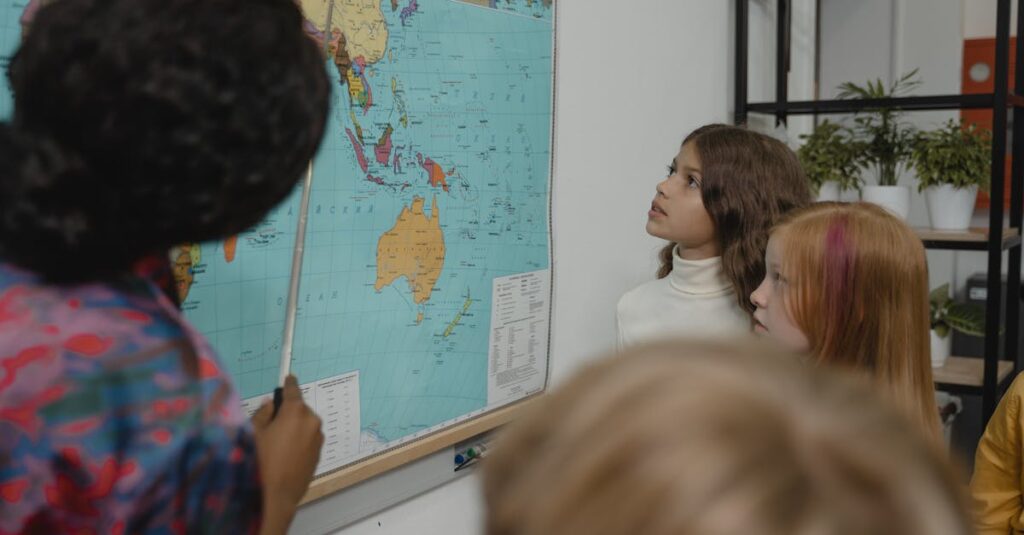Understanding Autonomy in Kids
Autonomy isn’t just about letting kids do whatever they want; it’s about guiding them to make their own choices responsibly. Imagine this scenario: your child wants to dress themselves, choosing a superhero costume for school. Instead of saying no, consider the confidence boost they’ll get from making their own choice. Small, everyday decisions lead to confident, independent kids.
Using AI to Foster Independence
Introducing AI into the mix opens up a whole new world for promoting independence. Take voice-activated assistants, for example. They’re not just for playing music or checking the weather. Kids can use these to set reminders, perform simple online searches for homework, or learn a new language. It turns out, a little digital helper can teach plenty about taking initiative and responsibility.
AI can empower individuals to learn, grow, and become more self-reliant. By utilizing AI tools and technologies, we pave the way for a future where independence is cultivated through innovation and assistance.
Navigating Emotional Challenges
Now, letting your kids take the reins can stir up a cocktail of emotions – anxiety, pride, worry, and joy, all shaken together. Remember when my kid decided to make breakfast and ended up creating a cereal masterpiece all over the kitchen floor? It was a mess, but the proud grin on their face was worth every breadcrumb.
Celebrating Small Victories
Don’t overlook the small wins. Whether it’s tying their shoelaces, completing a project on their own, or simply remembering to feed the pet, celebrate these moments. Each victory, no matter how small, builds confidence and reinforces the joy of independence.
Encouraging Healthy Boundaries
Setting boundaries is crucial. It’s like giving kids a map where ‘X’ marks the spot of independence, but there are boundaries to how far they can go. It’s OK to navigate them through uncharted waters, but let them steer the ship. This way, they learn the consequences of their actions within a safe and structured environment.
Interaction and Engagement: The Key to Success
Engagement is not just about observation; it’s about interaction. Ask questions about their choices, discuss the outcomes, and brainstorm solutions together. This dialogue is essential for encouraging critical thinking and problem-solving skills. The ultimate goal? To raise kids who not only ask ‘Can I?’ but assert, ‘I can.’
Remember, **engagement** is the key to successful learning!

